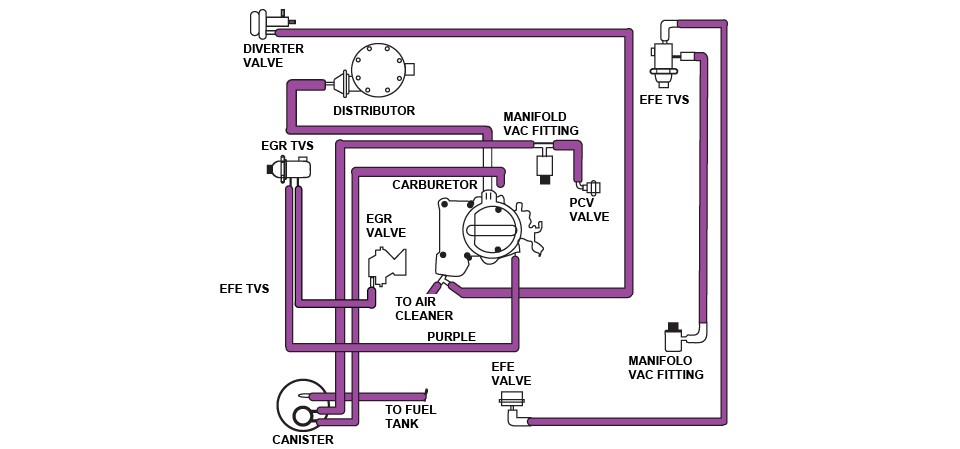Catalytic Converter
There are three factors which go into today’s standards of automotive emissions. The first factor is to promote a complete series of combustion to minimize the amount of byproducts released. Second, extra gasses must be recirculated back to the engine so that they may be combusted once again for optimum efficiency. Third, there must be area for oxidation or combustion of the spend exhaust gasses to occur, which is done by use of a catalytic converter. Inside the catalytic converter are honeycomb patterns of either platinum or palladium, which convert carbon monoxide and other dangerous gasses into carbon dioxide and water. This makes the exhaust gasses emitted from the tailpipe much less noxious than those emitted directly from the engine. After years of use or if the car is not running cleanly, a coating of burned gasses can cover the platinum or palladium honeycomb, rendering the catalytic converter useless and in need of replacement.

